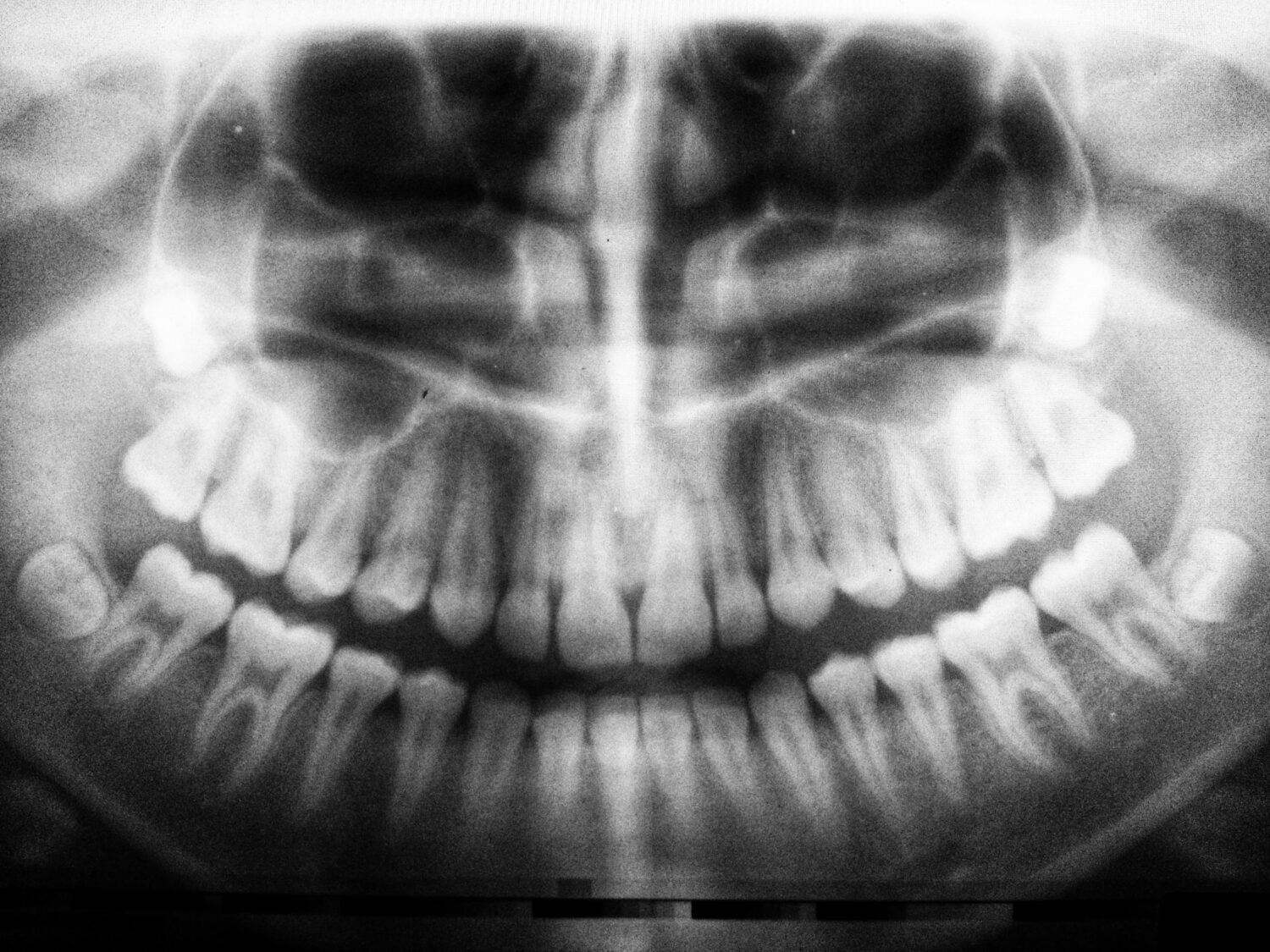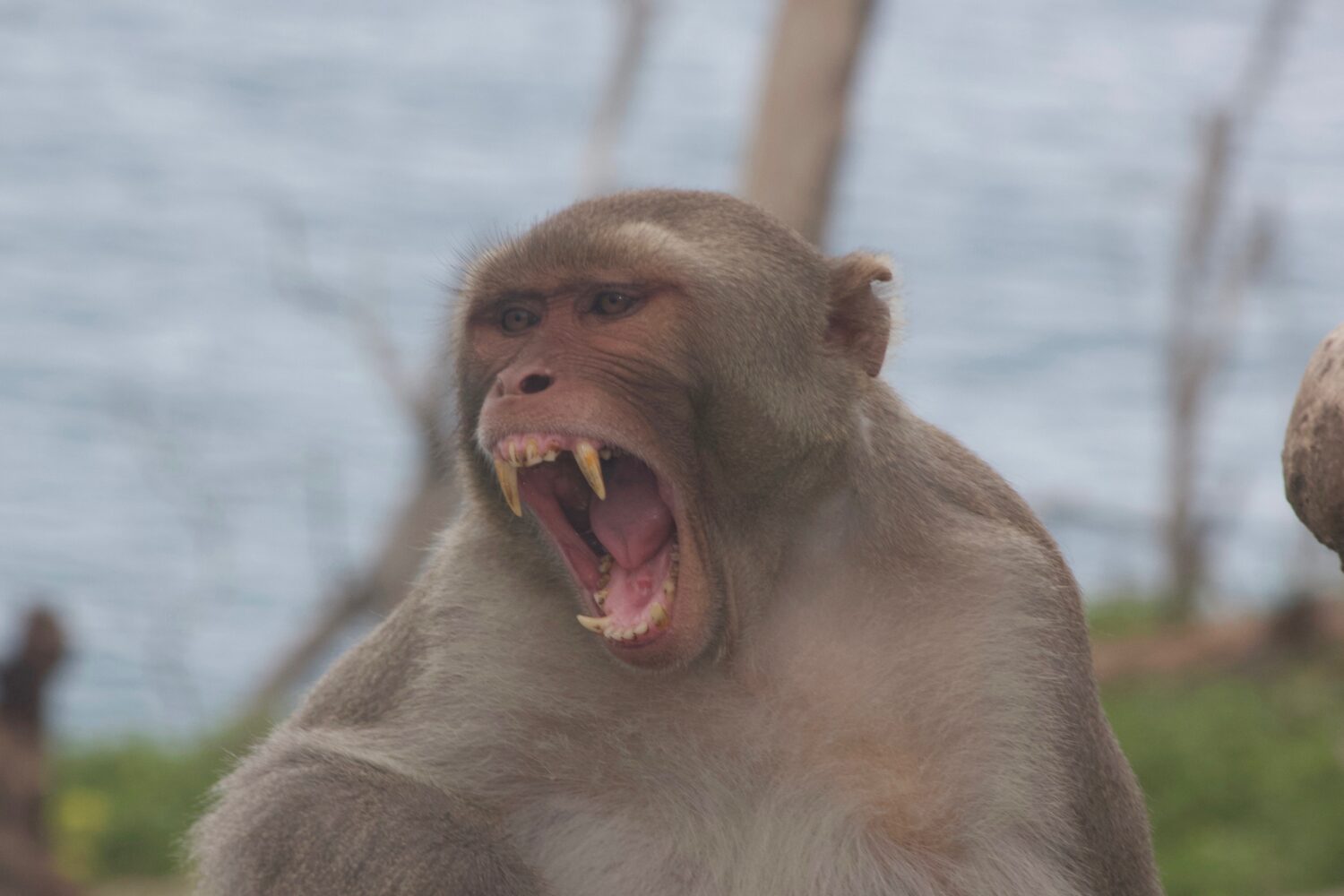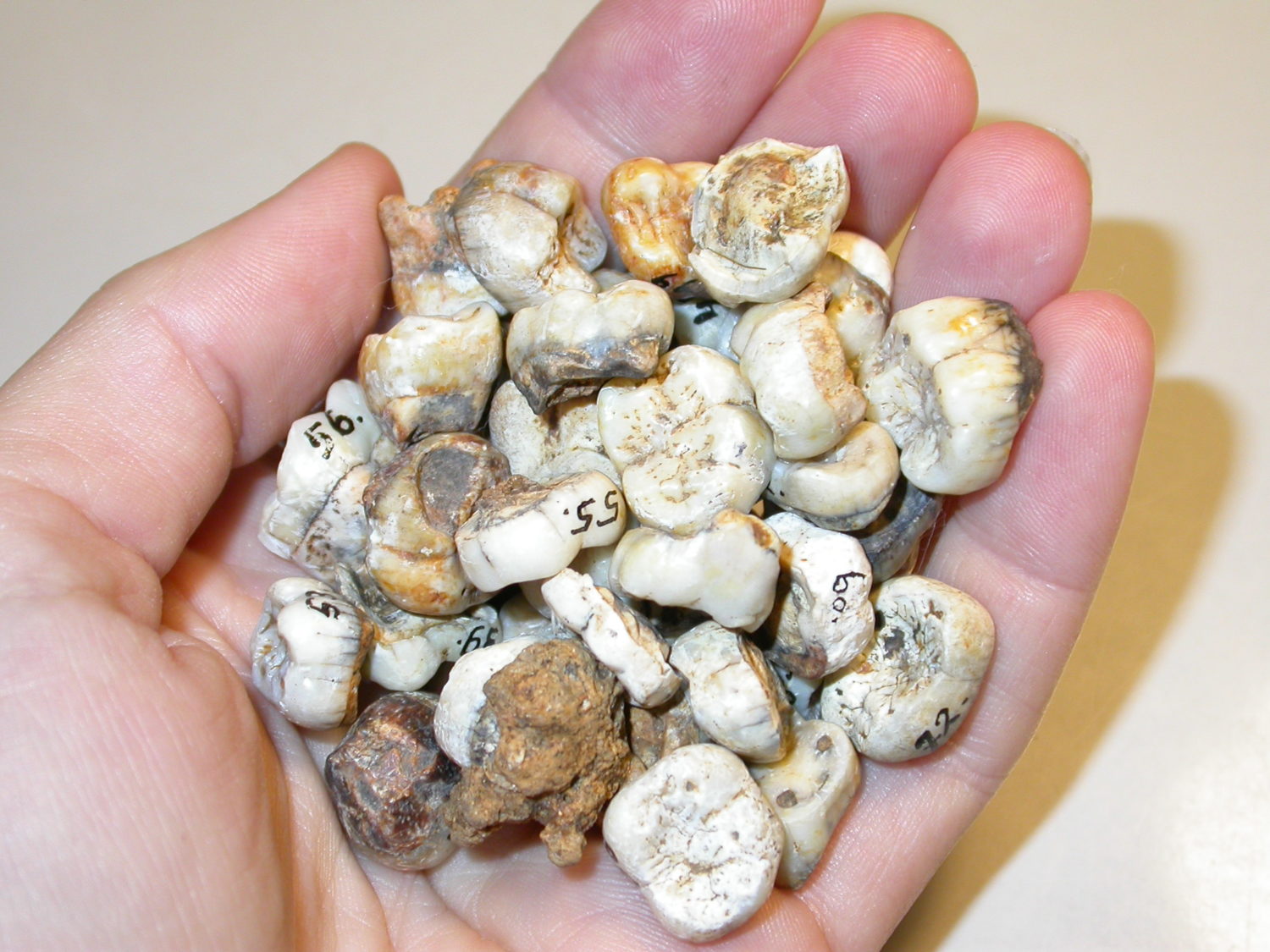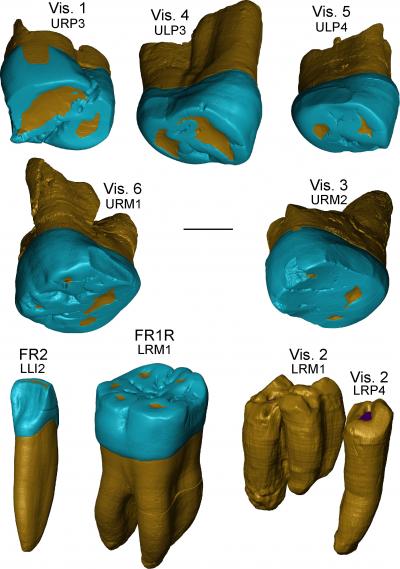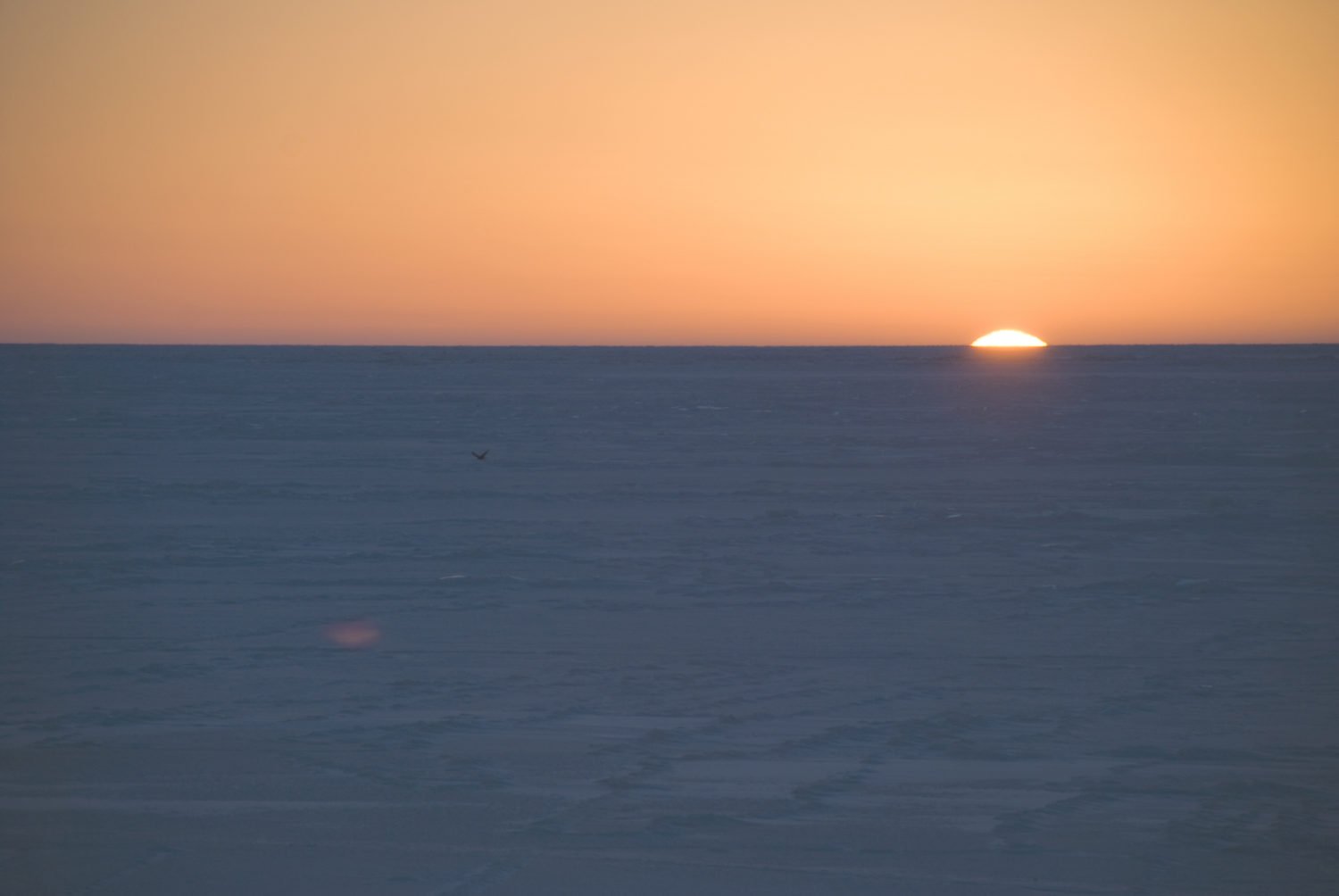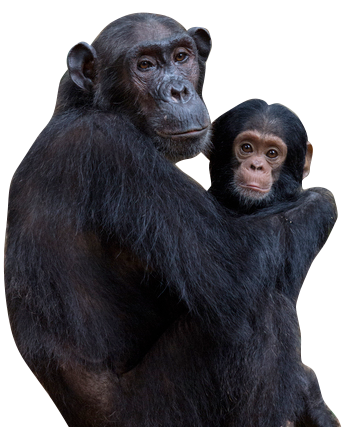A study of skull growth and tooth emergence reveals that timing is everything
Journal Article Paleoanthropologists have wondered for a long time how and why humans evolved molars that emerge at these specific ages and why those ages are so delayed compared to living apes. New research solves this mystery.

